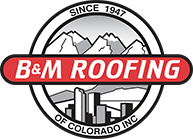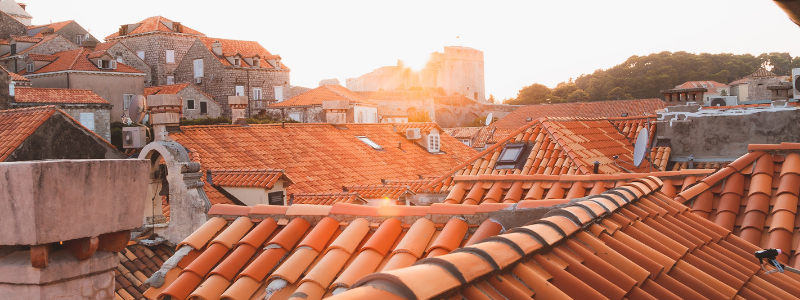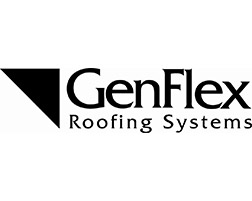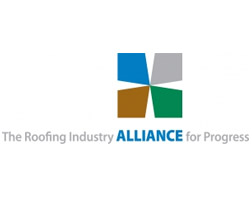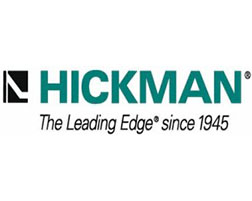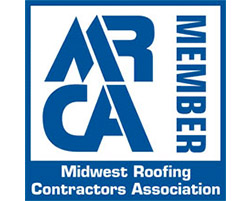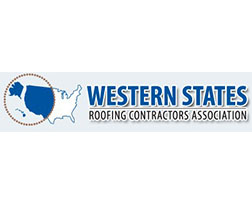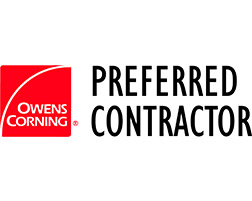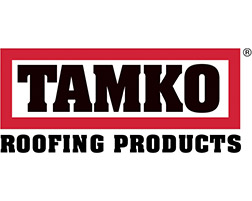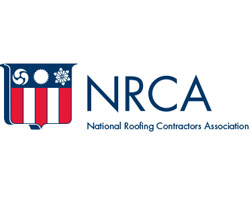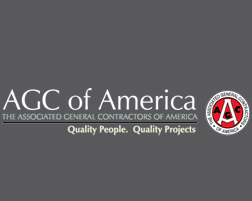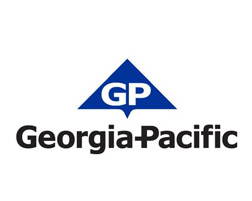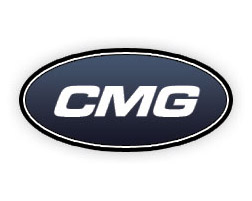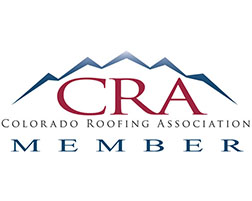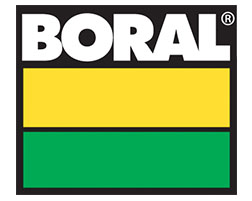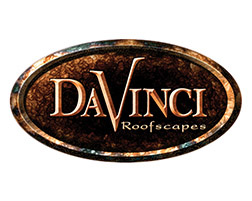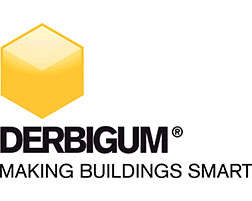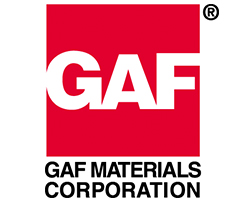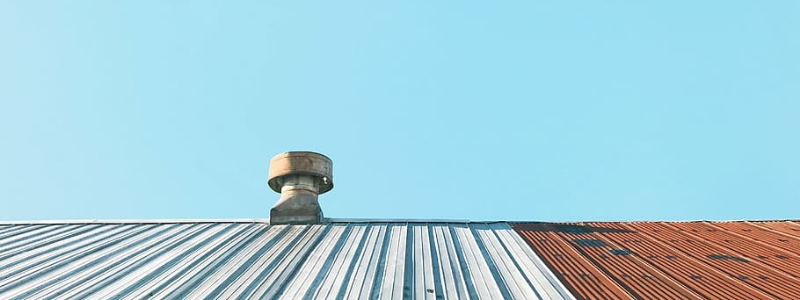
Passive Roof Vents
Roof vents are necessary for your home or commercial property. They protect buildings in many ways. Without roof vents, your home or office may be too hot in the summer and too cold in the winter. This makes your heating/cooling system work overtime. There are many different types of roof vents you can use, including passive roof vents.
Inadequate roof ventilation may also result in unhealthy living conditions. When deciding on what kind of roof vents will be best for your property, it is important to know and understand your options.
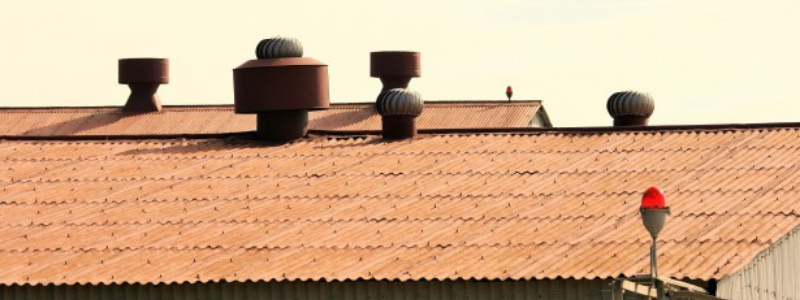
What are Roof Vents?
Roof vents or exhaust vents are installed at the top of the roof. The roof ventilation in your property lets air circulate through the attic of the building. Regulating the air in this space can have many benefits.
Why are Roof Vents Important?
Roof vents are mainly installed to allow heat, hot air, moisture, and odors to escape from your attic. Roof turbines have blades that spin in the breeze. This motion pulls air up through the house into the attic and out through the vents.
Roofing ventilation systems work year-round. They balance the intake of cool air and the outflow of warm air. Roof vents are often located at the peak of your roof because hot air accumulates there.
Roof Vents Year-Round
Combined with attic fans, roof vents can significantly cut the cost of heating and cooling your home. Warm months intensify heated air because outside temperatures rise. If your home is not properly vented, your air conditioner may get overloaded trying to replace warm air with cool. During cooler months, your heating system produced warm aid. This heated air mixes with water vapor from activities like cooking, showers, and bathing. If this warm, moist air lingers in your attic, it can cause mold, mildew, damage to roofing studs, and even ice dams when temperatures drop outdoors.
Roof Vents for Protection
Roof vents can also protect your home from costly structural damage caused by ice dams, moisture buildup, tapped heat and mold, or poor indoor air quality. Poor ventilation can eventually cause shingles to fail, resulting in roof leaks. If this occurs, the structure of your building may be compromised.
Roof vents extend the life of your roof. This can allow for huge savings. Vents also regulate the temperature of your property. Thus, they reduce energy costs. If an attic is well ventilated, it will reduce the chances of rot, mildew, mold, and peeling paint.
Types of Roof Vents
The goal of roof vents is to equalize the inflow of cool air and the outflow of warm air. Multiple types of roof vents used in combination can achieve this effect.
Intake Vents
Intake vents improve exhaust vents’ ability to reduce attic heat. They draw in cooler air from the outside. As the cooler air enters, it forces warmer air to rise and exit.
Intake vents should be evenly distributed along the roof of the house. The most common intake vents include:
- Soffit vents. These are placed on the material under the eaves or between the joists on your roof.
- Ridge vents. These are installed at the peak of a sloped roof. They allow warm, damp air to escape from the attic.
- Gable vents. These are installed in the two gabled ends of your attic. Ideally, they are placed so they take advantage of the prevailing winds. Depending on the wind, gable vents can serve as both intake and exhaust vents.
Exhaust Vents
Exhaust vents are located at the top of the roof. They provide an easy exit for heated air, odors, and moisture to escape from the attic. If this air does not get out, the result can be a buildup of heat and moisture. Besides poor air quality, roof damage and peeling paint may occur.
Common types of exhaust vents include the following.
- Ridge vents run along the top edge of the roof. When the wind blows across their ridges, this results in uniform air movements.
- Roof turbines have blades that spin in the wind. This pulls air through the intake vents. Roof turbines are evenly spaced across the roof.
- Static roof vents are often called roof louvers. These fit into the highest peaks of a roof.
- Gable vents are one type of louvered vent. Depending on wind direction, they may be intake or exhaust vents.
Are Fans Necessary?
Fans on ridge or gable vents help blow hot, humid air out of an attic. Attic ventilation fans are energy-efficient and don’t cost much to operate.
They help cool air and prevent hot air from remaining in your attic while pulling in cool air.
Attic ventilation fans tend to be quite energy-efficient. Many of them are solar-powered and require no additional electrical work.
However, some argue against attic ventilation fans because:
- Attics with good insulation shouldn’t need fans.
- Fans can cause loss of conditioned air if the attic is not airtight.
Why Choose Passive Roof Vents?
Passive roof vents use natural elements like wind to move the air through the attic and out of your home. They do not rely on fans. Thus, they are environmentally friendly.
Most homes have some degree of passive attic venting. Cooler air enters through soffit vents. Air that heats up inside the attic rises and exits through gable vents or ridge vents. Warm air leaving the attic creates negative pressure sucking in cool air.
There are several advantages to using passive roof ventilation:
- You don’t have to buy any fancy equipment.
- Passive roof ventilation is quiet.
- When you do not rely on fans, you reduce your carbon footprint.
- Passive roof vents result in cleaner air.
- Maintenance and replacement costs stay low.
- Passive roof vents produce more consistent heating/cooling of the air in the building.
- Energy bills will be lower.
- Natural ventilation provides more efficient humidity control.
Using the most effective combination of roof vents can improve your home’s livability. Well-selected and maintained roof vents can reduce your energy costs. They can also increase the life of your roof and reduce costly repairs.
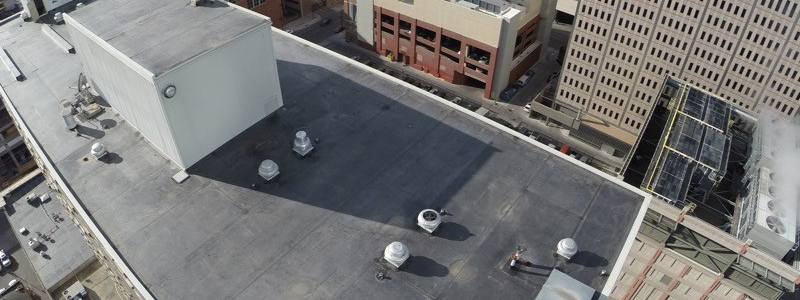
How Can B&M Roofing Help?
It is important that roof vents be installed properly and checked regularly by roofing professionals. Colorado’s many days of sunshine, brisk winters, and high winds create unique weather challenges. B&M Roofing has been installing, inspecting, and repairing roof vents in Colorado since 1947. Our roofing specialists are proud to provide their valued clients with reliable, meticulous service. B&M roofers are experienced, licensed, and insured. We have a guaranteed commitment to excellence. To let us know how we can help you choose the most effective roof vents and placement for your home, contact us today!
